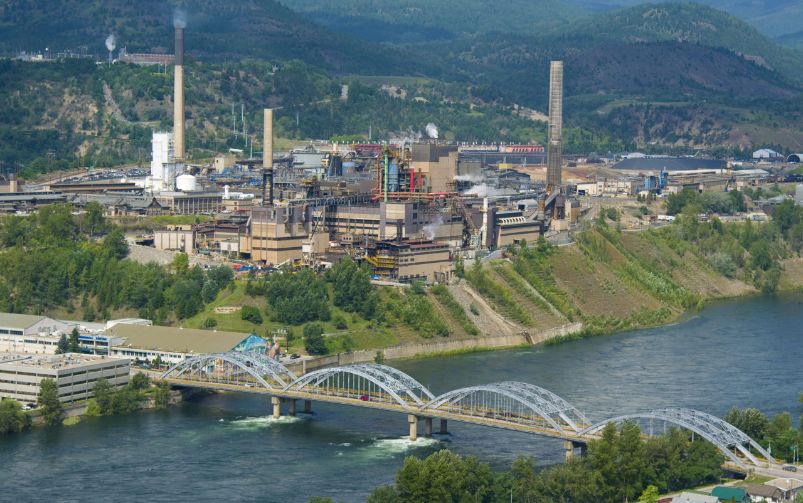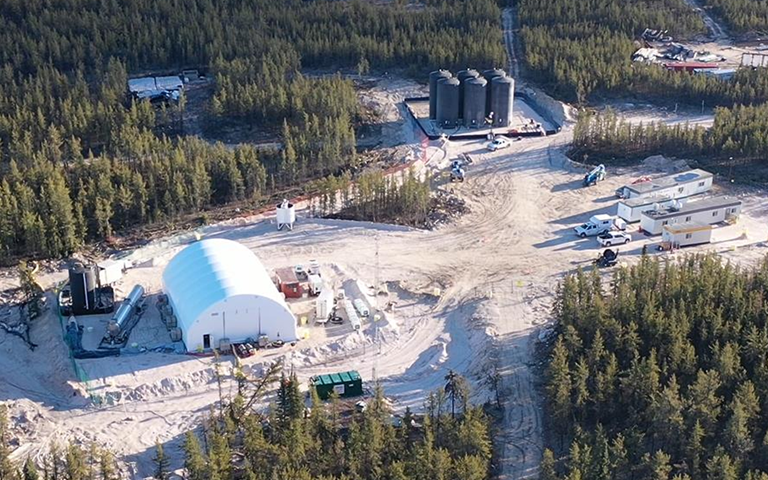News
Denison secures environmental approval for Wheeler RiverPending final approvals, Denison’s project could become Canada’s first in-situ recovery uranium operation
Pending final approvals, Denison’s project could become Canada’s first in-situ recovery uranium operation
August 07, 2025
More

Improved economics for Yellowhead project, federal support for Canada’s steel industry and Ontario First Nations challenge controversial bills
The CIM Magazine Weekly Mining News Recap for July 18

Federal major projects bill passes, Côté Gold reaches nameplate throughput, and Teck mulls germanium boost
The CIM Magazine Weekly Mining News Recap for June 27


